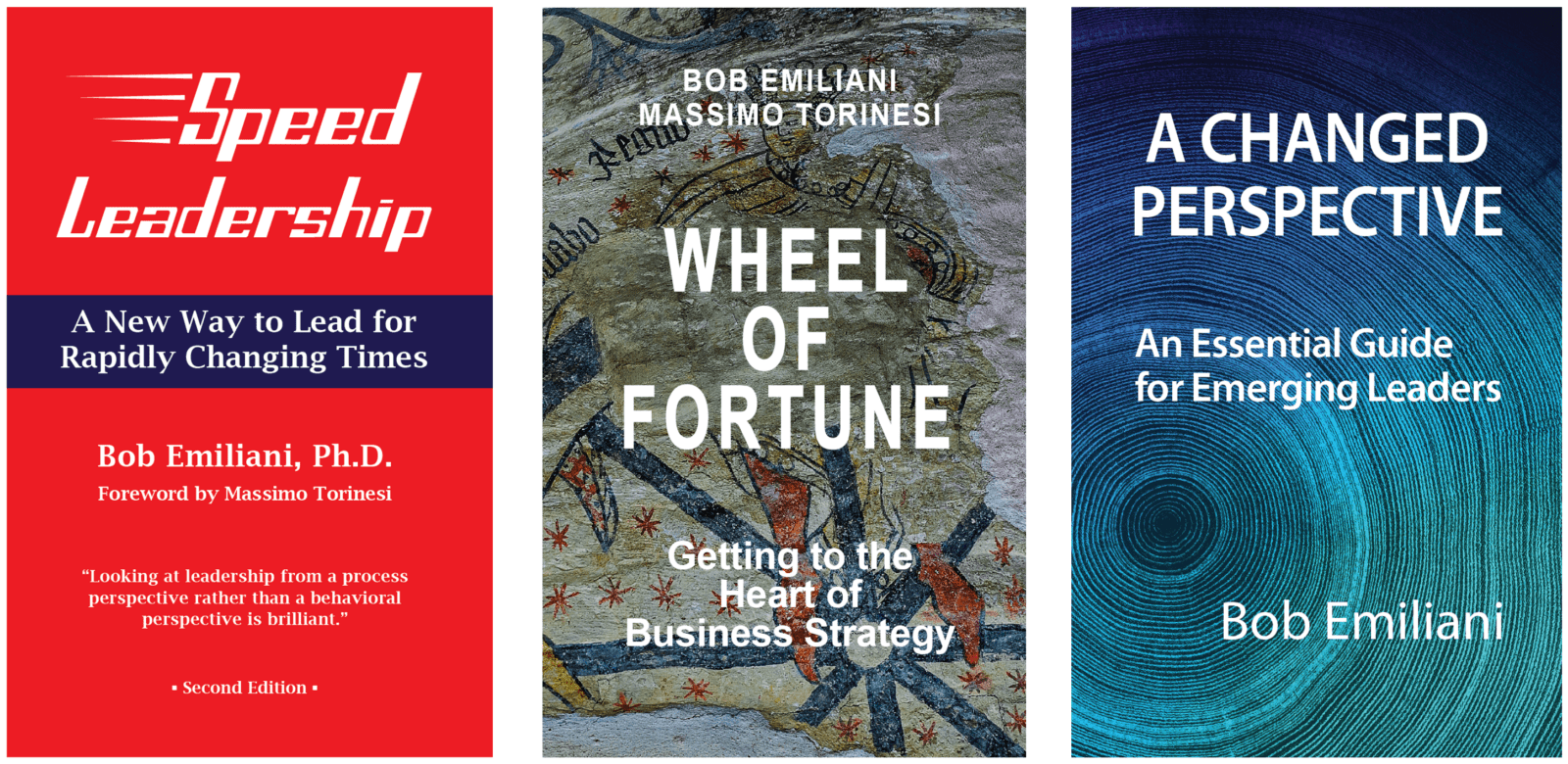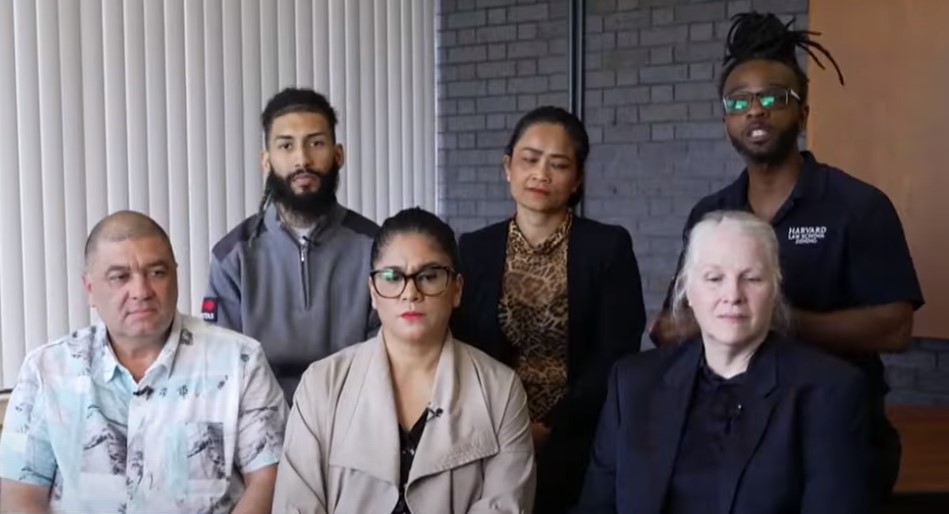In the dynamic landscape of the contemporary Church, the intricate dance with paradoxes demands our unwavering attention.
Often dismissed as mere contradictions, paradoxes, upon closer examination, reveal profound truths that challenge oversimplified perspectives.
Today, we embark on a journey to explore the nuanced complexities within the Church, urging a departure from the pitfalls of an “either/or” mentality.
The Pitfall of an “Either/Or” Mentality
Simplifying Complex Issues
Within the modern Christian discourse, a prevailing tendency persists to cast concepts into an “either/or” paradigm, resulting in oversimplification.
Debates surrounding evangelization versus social justice, liturgical tradition versus modern relevance, and environmental activism versus spiritual focus often fall victim to this reductionist approach.
Limiting Possibilities
The “either/or” mindset, though seemingly providing clarity, inherently constrains the spectrum of possibilities. This inclination fosters polarization, obstructing constructive dialogue and impeding progress.
It perpetuates a culture where opposing viewpoints are summarily dismissed without due consideration, hindering the Church’s ability to address multifaceted challenges.
The Magnanimous Alternative: Embracing “Both/And”
Expanding Perspectives
A magnanimous strategy advocates for a paradigm shift towards a “both/and” approach, recognizing that seemingly conflicting priorities can coexist harmoniously. Embracing paradoxes broadens our perspective, fostering inclusivity and a richer understanding of complex issues.
Virtue of Magnanimity
Magnanimity, an often-underestimated virtue, equips leaders to navigate intricacies with compassion and responsibility. Leaders embodying magnanimity can champion justice for the oppressed while emphasizing individual responsibility—a nuanced approach that transcends simplistic dichotomies.
Integrating Tradition and Modernity
Magnanimous leaders appreciate that tradition and modernity need not be adversaries. Within the liturgical context, they acknowledge the sacredness of ancient prayers while recognizing the value of expressing these in a language accessible to contemporary worshippers.
Holistic Discipleship
In the realm of discipleship, magnanimous leaders embrace multifaceted responsibilities. They advocate for environmental stewardship, adhering to principles like reduce, reuse, and recycle, while passionately sharing the transformative message of Jesus Christ.
A Call for Unity and Leadership in the Church
Overcoming Division
The prevailing practice of vilifying opposing viewpoints and fostering division must cease for the Church to regain strength. Magnanimity, not rigidity, is the key to addressing the multifaceted challenges it faces.
Complexity Demands Maturity
Acknowledging that the Church’s challenges defy simplistic categorization is the first step towards effective leadership. The modern world poses complex issues that demand a mature, robust, and magnanimous approach.
Conclusion: Embracing Complexity for a Resilient Church
In conclusion, the contemporary Church finds itself at a critical juncture where oversimplification no longer suffices. Embracing paradoxes, adopting a magnanimous mindset, and fostering unity is imperative for navigating the intricate challenges that lie ahead.
FAQs
- Isn’t it easier to stick to clear-cut choices rather than embrace paradoxes?
- Embracing paradoxes may seem challenging, but it opens up a more nuanced understanding of complex issues, fostering growth and inclusivity.
- How can magnanimity contribute to unity in the Church?
- Magnanimity encourages leaders to approach differences with compassion, creating a conducive environment for unity.
- Can traditional practices coexist with modern values in the Church?
- Yes, magnanimous leaders understand the value of integrating tradition and modernity for a holistic approach.
- Why is overcoming division crucial for the Church’s strength?
- Division hinders collective progress, and unity, fueled by magnanimity, is essential for addressing challenges effectively.
- How can individuals contribute to a resilient Church?
- Embracing complexity in personal beliefs, supporting leaders who prioritize unity, and actively engaging in the community can contribute to a resilient Church.
Your Personality Blueprint: How it Shapes Who You Trust
In the intricate dance of human connection, trust acts as the foundation upon which relationships flourish. It allows us to…
Unveiling the Characteristics of a Powerful Question
Harnessing Change with Seth Godin’s Insight In the realm of curiosity and transformation, Seth Godin’s question echoes profoundly: “When was the…
Unveiling the Essence of Emerging Leadership: A Definitive Guide
Emerging leadership redefines influence beyond formal roles, embodying the art of persuading others to act willingly. This concept transcends positions,…
Adjusting Your Course – Navigating Change for Success
In the journey of life, we often find ourselves on a path that may not lead us to our desired…
Leadership Information Processing: Mastering the Art for Organizational Excellence
In the dynamic landscape of leadership, information processing emerges as the linchpin for organizational success. Our comprehensive guide sheds light…
The reciprocity effect – character and leadership
In the realm of character and leadership, there exists a powerful phenomenon known as the reciprocity effect. This phenomenon, rooted…






